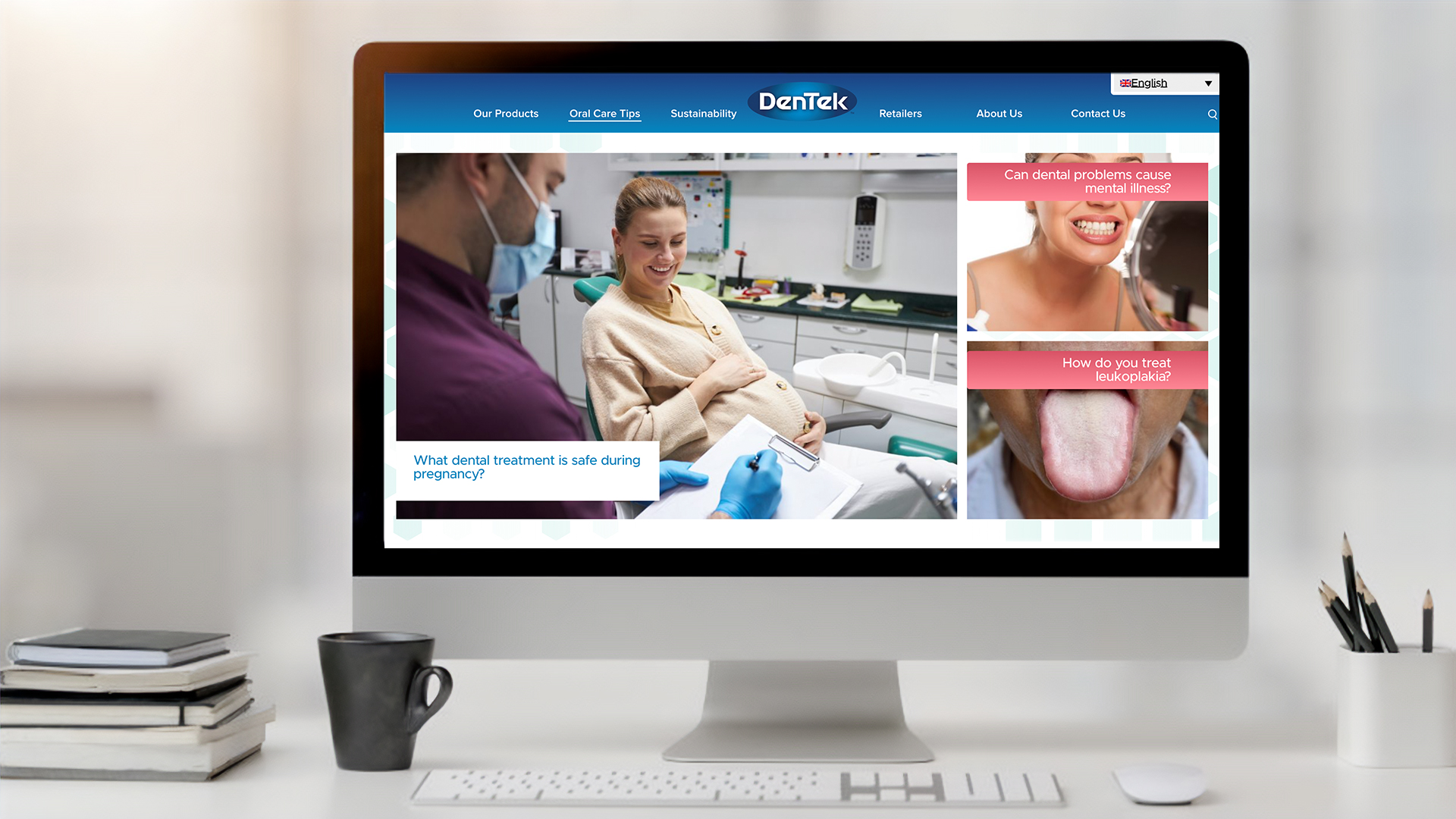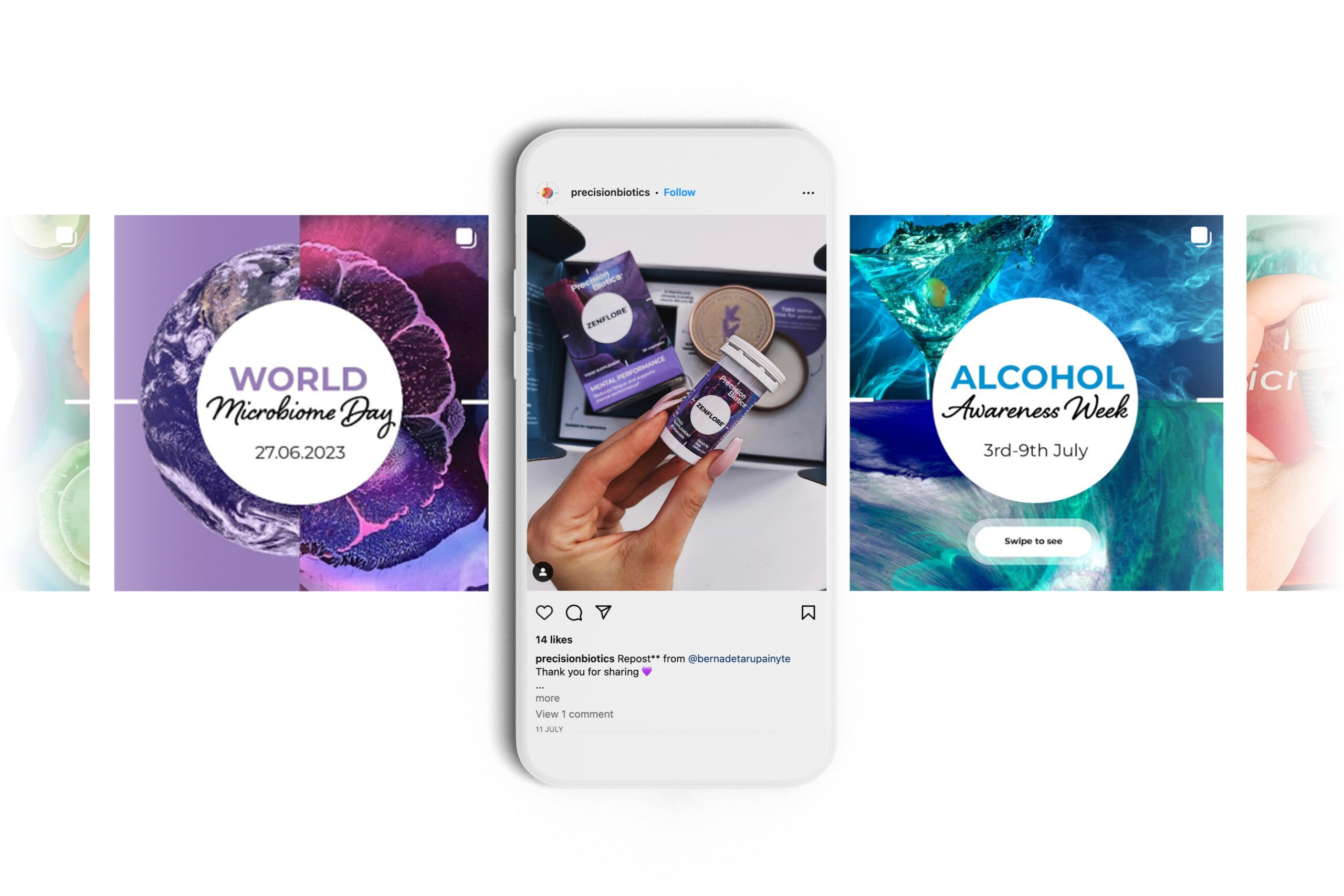
Health & Wellness is a multi-billion-dollar industry that encompasses a variety of sub-sectors. Though the majority of the industry has historically operated offline, in recent years (particularly following the Covid-19 pandemic) many Health & Wellness categories have seen a rapid shift to the online space. Alongside this move to the digital world, there has been a substantial increase in digital marketing efforts attempting to replicate the success of other predominantly online industries, such as eCommerce, in Health & Wellness.
While many companies have achieved online success in Health & Wellness, we have identified a pattern of digital marketing challenges in the industry. In general, Health & Wellness brands struggle to:
- Get essential information, such as regulatory standards or qualifications, across to customers, without overwhelming them with a heap of information.
- Connect with or relate to customers – with jargon and regulations getting in the way of a consumer-centric approach.
- Outperform their competitors in a saturated market across social media, search results, or paid media.
With minor tweaks to their digital marketing strategy, Health & Wellness brands can overcome these challenges, and achieve far better results.
Getting essential information across without overwhelming customers
Content marketing is a great way to showcase your expertise to potential customers, encourage them to delve further into your brand, build trust, and entice them to make a purchase. Often, in an attempt to appear authoritative and knowledgeable within their niche, Health & Wellness brands can get lost in creating content that is highly technical and consists of long-form text posts riddled with jargon. Most consumers will struggle to navigate this amount of technical language and will likely lose interest in your content and your brand.
Content marketing for Health & Wellness
The best way to ensure that your content hooks a prospect’s interest and encourages them to continue engaging with your brand is to provide a wide variety of accessible and easily digestible content for your target audience:
Consumer-centric topics
To create user-focused content like this, it is fundamental to identify the key questions and topics your target consumers are searching for, whether that’s on Google, Amazon, YouTube, or on social media. Then compile a bank of content directly answering those questions optimised for the platform they are searching on.
Try to incorporate the words they use in their search queries and match their phraseology as closely as possible. Content that meets consumers’ search criteria but is filled with industry jargon may confuse them further and create more barriers to purchase rather than breaking them down.

Also, it is important to consider the accessibility of your content and the experience it gives consumers, including the format and length. It is best to provide a mix of long-form and short-form text-based, visual, and audible content. Blogs, eBooks, podcasts, images, infographics, and videos can all hold up as high-quality content pieces on their own, but you can include elements of overlap between them to increase accessibility and cater to different consumer groups.
It is also important to keep an eye on content performance throughout any marketing campaign to get an idea of what is working, and what is not. Continuous data collection and campaign evaluation is essential to understand the ebb and flow of the online marketplace, and to keep your marketing collateral up to date with industry changes. Tools such as Google Analytics are a great way to look at content performance and get an insight into how to improve your content for future marketing campaigns.
Building strong customer relationships
Though most people would not purchase products from a business they do not trust, in certain industries they might be more willing to make a ‘risky’ purchase. This is not the case in Health & Wellness, where services and products have a direct impact on customer wellbeing and therefore, people are unlikely to make a purchase from a company they do not trust. It is also worth noting that in the digital age, people put a greater value on self-care and look for brands that appeal to them in a more personal and individualised manner. Developing a digital marketing strategy that focuses on building customer trust and includes elements of relatability and personalisation is key for Health & Wellness brands to thrive in the online marketplace.
Customers at the forefront of Health & Wellness marketing
Case studies, testimonials, and success stories are a great way to demonstrate the success of your brand and also allow your target audience to see real people at the forefront of your business. Consumers will relate to the people they see within the brand, and perhaps visualise themselves in your narrative and acknowledge that your product or service is something that could benefit them too. Since Health & Wellness tends to be such a personal experience, with success results differing between individuals, when delivering content pieces such as the above, keep in mind that you do not want to mislead your audience or potential customers by sharing unattainable results. This could have the opposite effect on your reputation and have a detrimental impact on customer trust. Although you want to showcase the potential of your products and services, it is important to be clear on expectations when marketing in Health and wellness.
Social media has paved the way for interactive customer relationships
Delivering a personal and human-centric service is possible through the evolution of social media in the digital age. Social media allows you to put your brand in front of the customer, even whilst they are in the comfort of their own home. Your audience can communicate with your brand through interacting with posts, answering polls or queries on ‘stories’, and connecting with your content in ‘real-time’.
By incorporating elements of relatability, emotion, or even light comedy (if it is appropriate for the type of content being shared) you can create engaging content that people will want to tag their friends in, repost to their personal feeds, or share outside of the platform. Thanks to their cleverly designed algorithms, the more your potential customers interact with your brand, the more they will see you on their feed, and the stronger their bond will become with you, recognising you as a trustworthy, yet relatable brand.
While social media is an amazing tool for digital marketers to have under their belt, it is fast-paced and constantly changing. Trends on social media can change, escalate, or decline rapidly. Something that was only shared in small numbers one day can be viral the next and vice versa. Having a social media expert on board who knows the ins and outs of each platform, the secrets to their clever algorithms, and is capable of keeping on top of trends, and acting upon viral sounds, videos, or topics quickly, is vital for social media success.

Outperforming competitors in a saturated market
You and your competitors share many things in common – including your audience. It is highly probable that you are using the same industry talking points, keywords, and advertising platforms as your competitors. It is important to make sure that the marketing collateral you are working hard to create is standing out of the crowd and winning your audience’s attention.
75% of people will only look at the first page of search results – so ensure you are not falling to that second page. There are two main strategies that marketers use to ensure the visibility of their brand and marketing collateral: organic search (SEO), and paid media (PPC).
Conclusion
In a saturated online market such as Health & Wellness it can be difficult to know how to digitally market yourself in a way that showcases your knowledge, makes you relatable to the customer, and outperforms your competitors.
Simply taking the digital marketing blueprints from other successful online industries such as eCommerce is not the solution, because stricter regulations in the Health & Wellness industry result in challenges when it comes to certain digital marketing practices.
With the right digital marketing team behind your company and with the right strategies, you can ensure your brand passes regulations and meets – if not surpasses – consumer expectations in the digital realm. You can drill down into eye-opening market and shopper data, grasp opportunities to connect with your audience and build a powerful online presence for your brand.
Over time, a strong digital marketing strategy will help you reach a larger audience, create a brand people want to buy from, and outperform the competition.
To find out more about how to unlock the true potential of your brand, get in touch.
Contact us

Leave a Reply